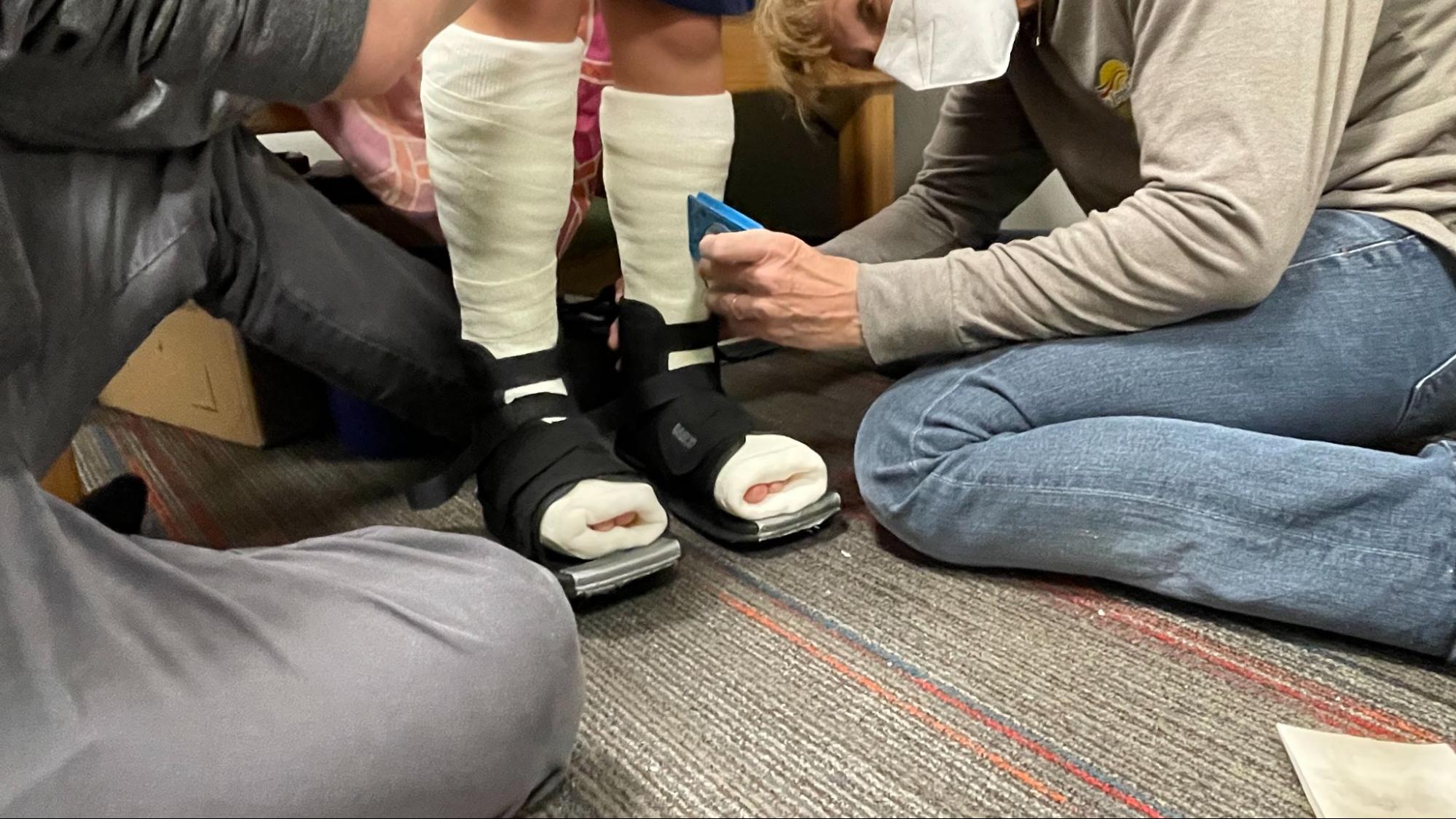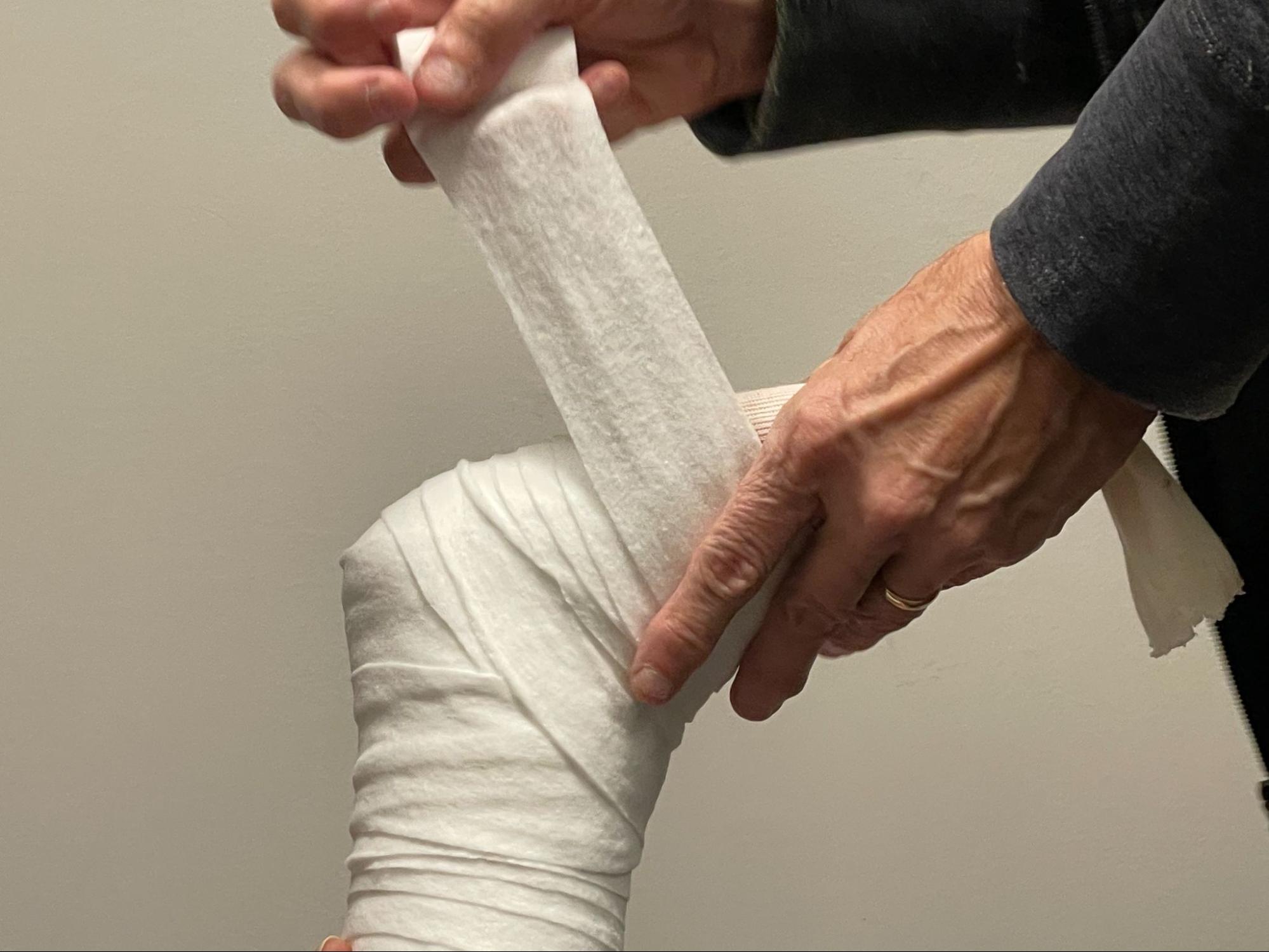
Early intervention is important for any therapy. It provides the child the best chance of maximizing outcomes. For example, a child may need speech therapy at a certain age, but the indicators may be overlooked. Getting them started early will allow them to reach benchmarks typical for a child their age and grow alongside their peers. For a child with autism, it is also important for them to receive therapy early on. If they choose ABA therapy and address challenging behaviors and strengthen appropriate behaviors early, it will allow them to develop at a more typical rate.
The same goes for serial casting.
Serial casting is a non-invasive conservative method used to improve joint range of motion for a variety of diagnoses (toe walking, cerebral palsy, arthrogryposis, spina bifida, club foot, traumatic and acquired brain injuries, muscular dystrophy, etc.). It is most commonly used to help correct toe walking.
Toe walking is when a child walks on the balls of their feet with no contact between their heel and the ground. Serial casting will give the child increased range of motion that will result in walking in a more typical way (heel to ground contact). Toe walking may happen when a child is very young, but it is still not considered to be a normal part of development.
Below are 5 reasons to start serial casting early:
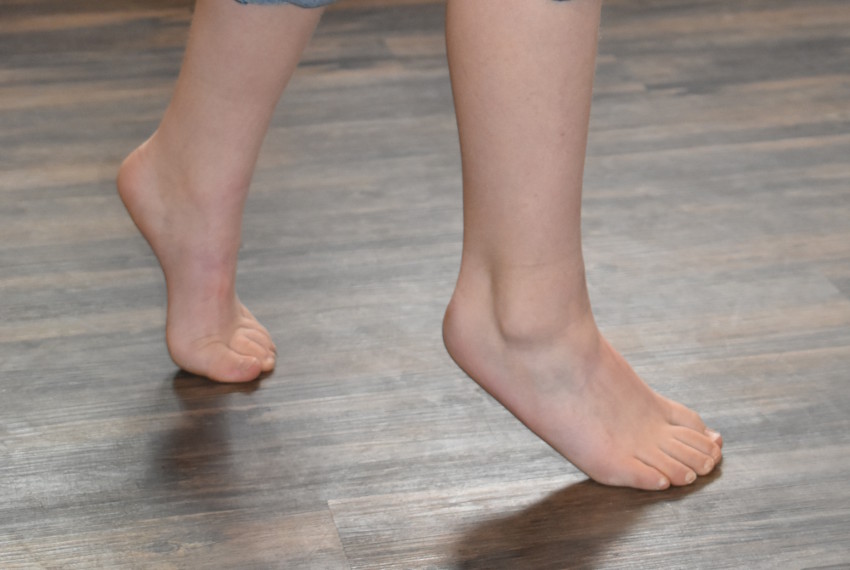
- Habits can be hard to break
Getting the range of motion back is the “easy” part. Convincing the mind that “this is the way I should be walking,” can be tough. Just like any bad habit, even though you know it may not be right, it feels natural to you.
That goes for a child who walks around on their toes. Not only is it a bad habit, but this habit is tightening their joints, muscles and tendons to where walking like that is all they are able to do.
If addressed early enough, the habit may not stick as much and the tendons won’t be as tight.
As a parent and as the child, it is important to differentiate between the “doctor walk” and casually walking and talking with friends.
Everyone has done a version of the “doctor walk.” Your mind tells you that you need to do something correctly and it can be overexaggerated to do it correctly in front of the doctor.
But what is that walk going to look like on the way back to the car or if the child is walking around a playground with friends, where they’re not necessarily thinking about how they’re walking?
If the child still walks on their toes while with friends or walking back to the car, it is a sign that serial casting might be needed. Or for a child that is already wearing casts, a sign they are not ready to come out.
Break the habit before it progresses too far.
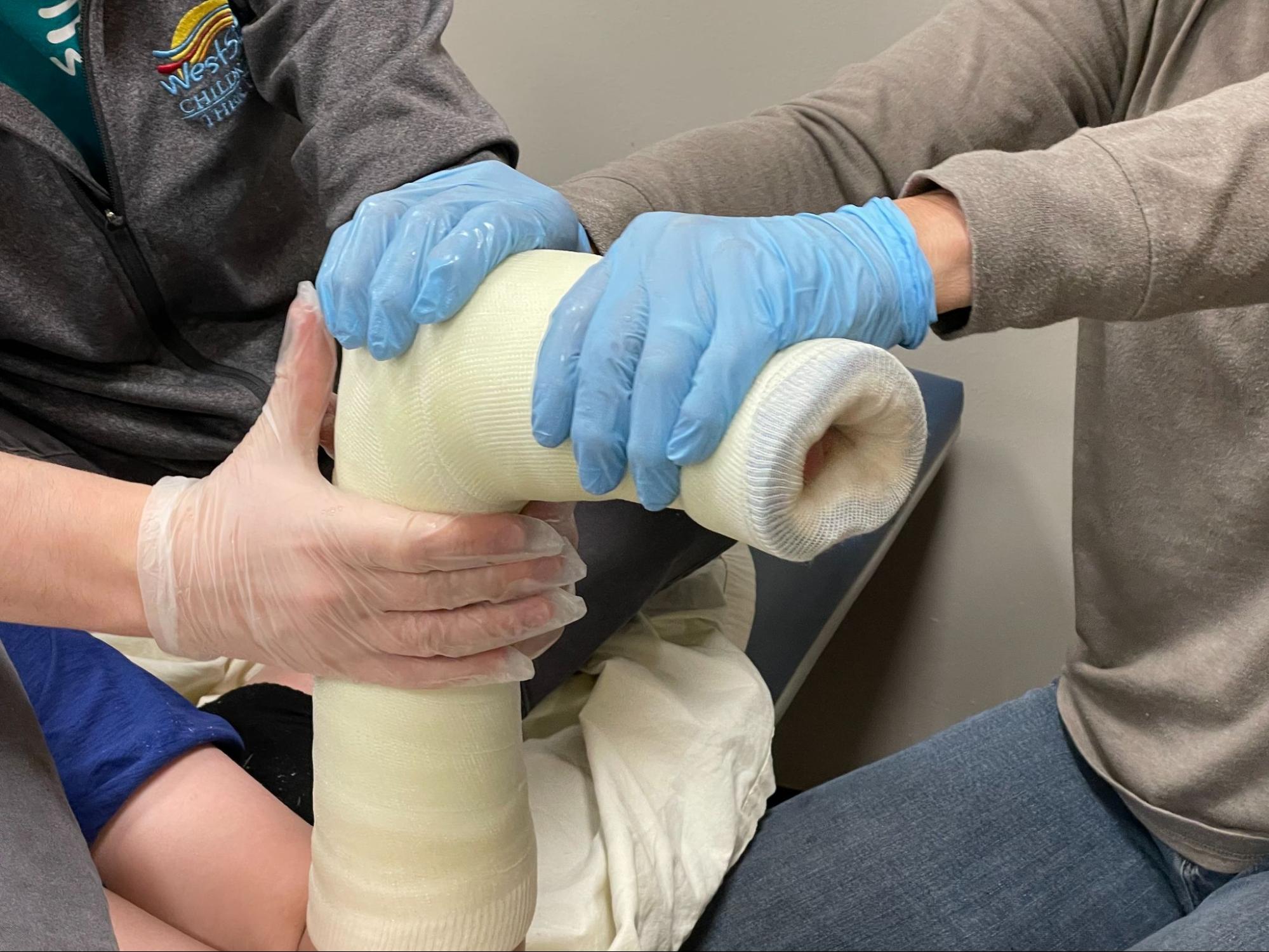
- Time spent in the casts will likely be longer for an older child
A child who is older will have built the above mentioned habits and have tighter tendons. Typically, gains of 2 degrees to 8 degrees can occur each week depending on the stiffness of the joint, resulting in a total treatment time of 4 weeks to 6 months.
That will always vary from child to child, but older children may not have the same results. Your therapist will be able to give an estimate for how long your child will wear casts.
Depending on the range of motion and strength gained in the weakened muscles, children can be in and out of their AFOs and night splints in roughly one year following casting.
It is equally important to wear the AFOs and splints as the therapist says to. If a child loses the range they gained in the casts, AFOs and splints will no longer help. Similar to someone wearing a retainer after braces.
- Increased safety for your child
Being able to walk heel-toe-heel-toe and stand flat footed also puts your child in safer positions. It allows your child to bear the weight of their body on different surfaces. A child standing on their toes has much of their body “hanging” on the different joints in their body and does not have the core or lower body strength to hold their body up.
Having the balance results in more independence for your child. Parents have told our therapists how amazed they were that their child can stand still in a grocery store, for example. Another child who couldn’t make it through trick-or-treating because of the pain and uncomfortableness walking caused, now goes on walks on their own.
Your child will also be able to properly shift their weight. Another story of a child who got serial casting is about a child who struggled to stand still during a school performance. The child was on the risers and could not stand still because they may fall off otherwise.
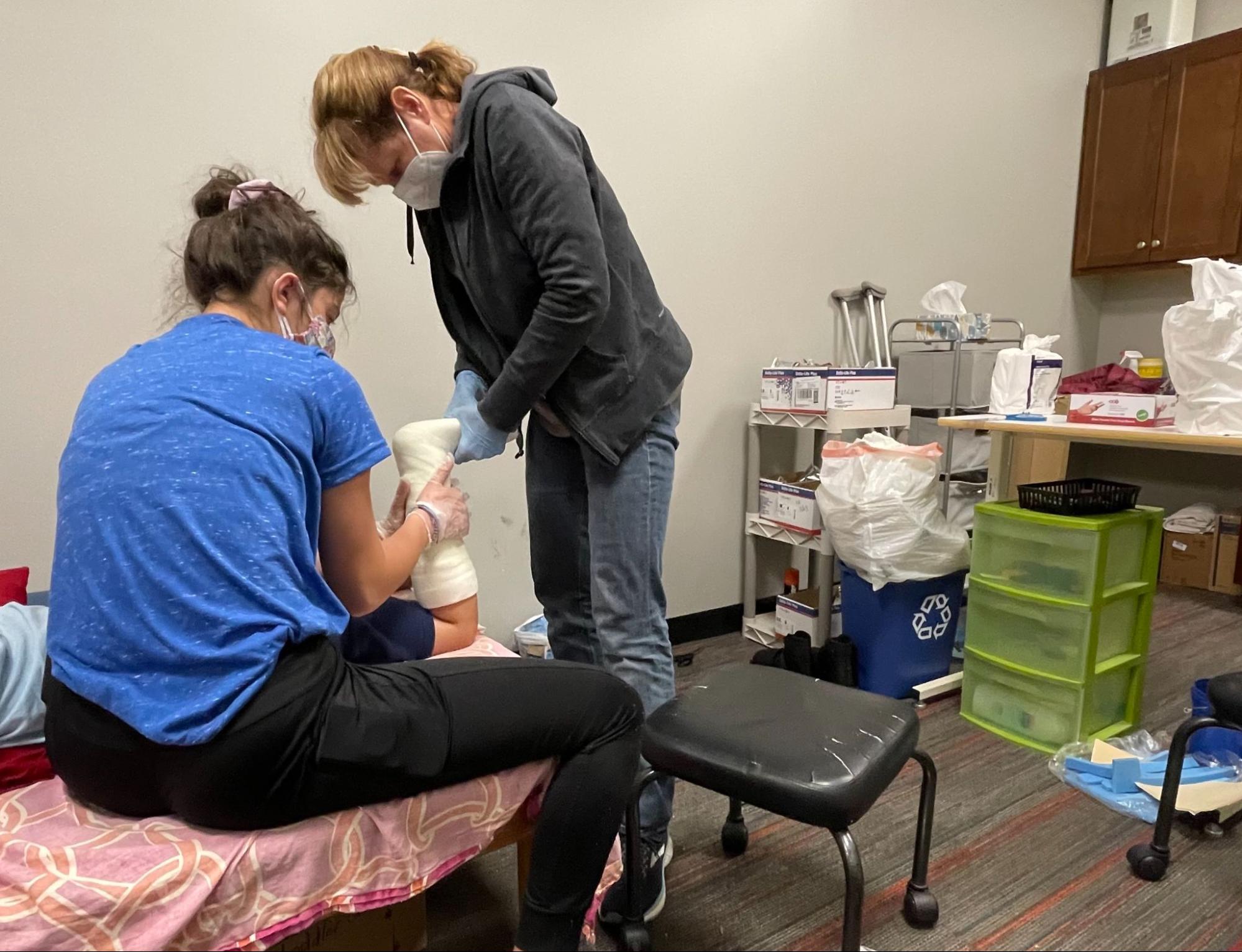
- Surgery might be your only other option
The alternative to serial casting is surgery. The costs, pain and rehab time can be much greater than using non-invasive serial casting. Children may often grow out of it as babies, but that is not always the case. Waiting too long may result in surgery being the only option.
A typical form of the surgery involves making incisions in the Achilles tendon (the tendon that connects the heel to the calf) to stretch it before sewing it back into place.
The achilles tendon is used for most motions made using the legs and feet: Running, walking, jumping or just pointing your toes.
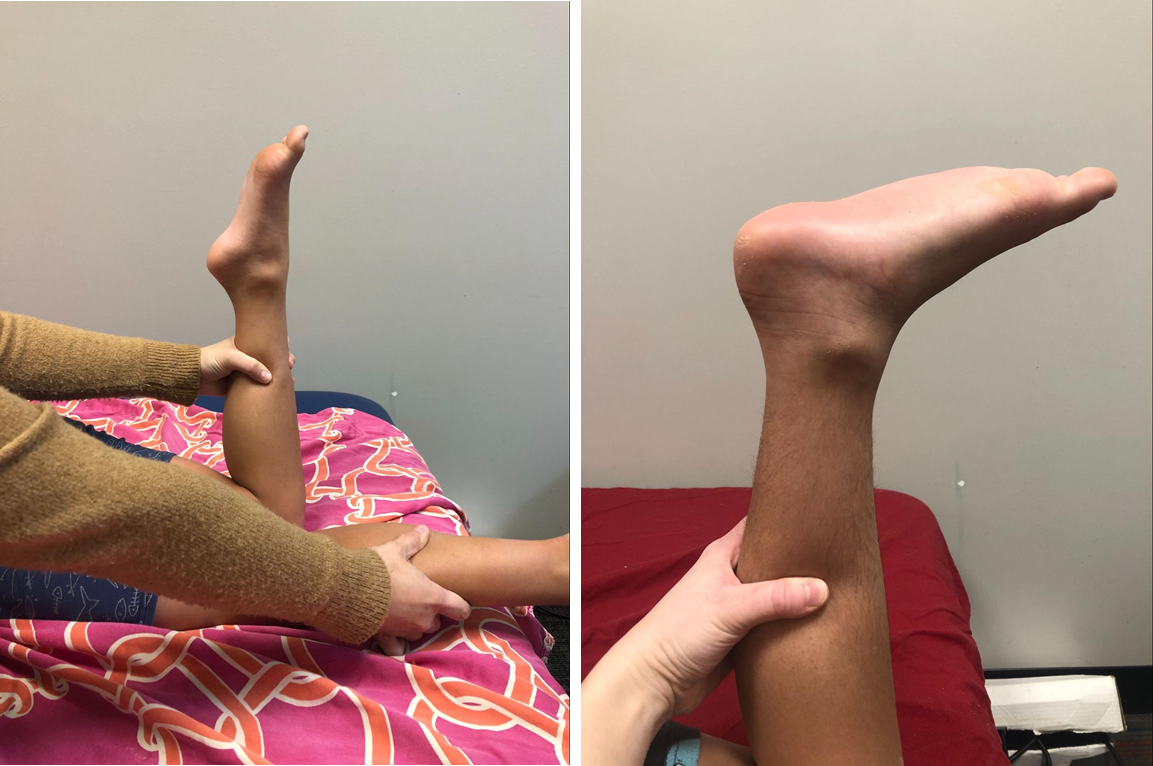
- Serial casting allows a kid to still be a kid!
Children are encouraged to stay active and keep up with their normal activities. There is minimal additional weight from the casts, but children should be staying active and playing as this will also produce the best results.
Children can and are encouraged to receive physical therapy during casting.
The casts are put on in positions that will encourage normal gait mechanics. Children are even sometimes able to do more with the casts on than they previously were.
Children that toe walk may have difficulty running around a playground. But a child with the casts might be able to. The natural movements combined with stretching and exercises will help maximize outcomes. The extra movement will encourage the stretch and strengthen the weak muscles.
Casts cannot get wet, but we try to schedule our serial casting appointments so children are out of their casts and able to swim during the summer.
If you are interested in serial casting or physical therapy for your child, ask your pediatrician how to get started at Westside.

